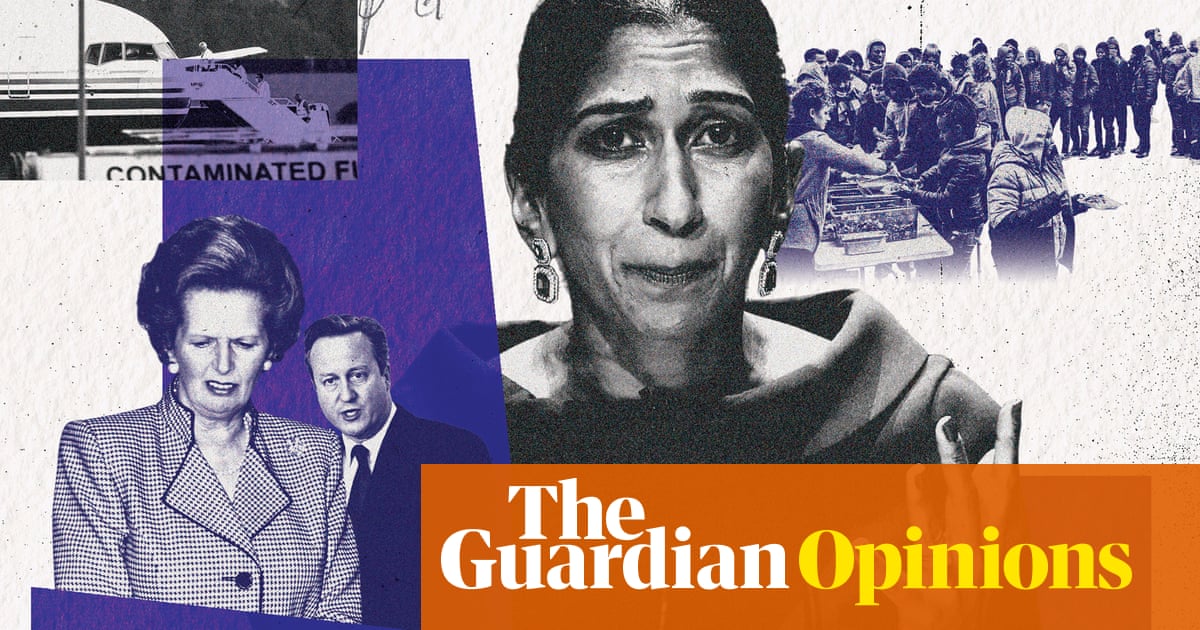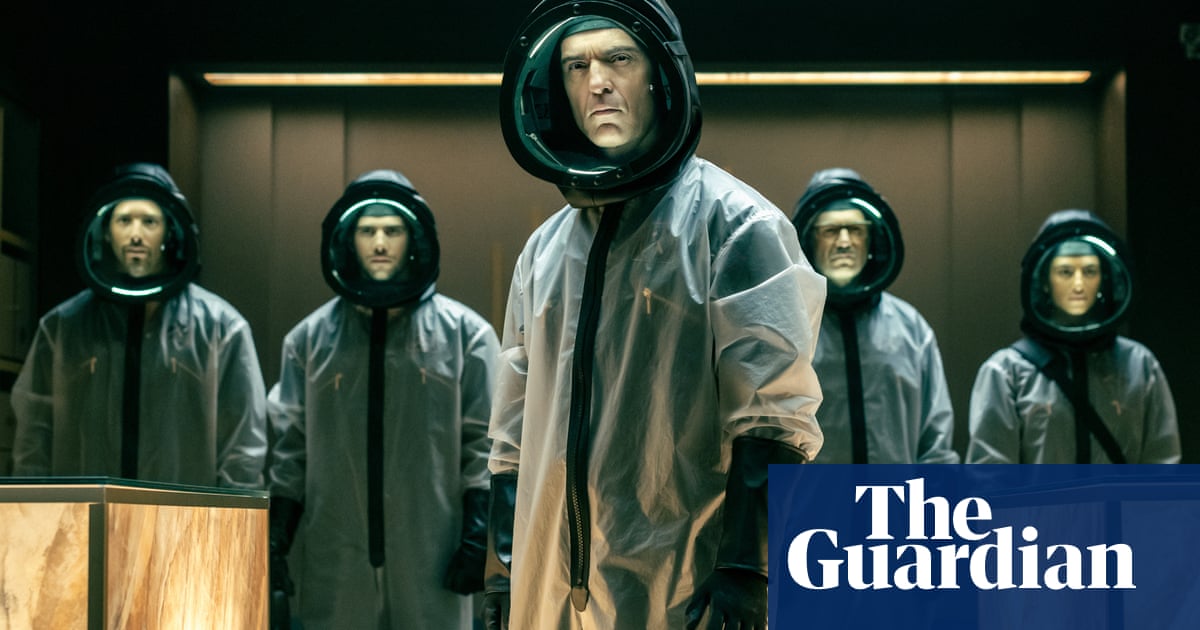
la Ince is a young British director in demand. This summer, she was due to stage Romeo and Juliet at Shakespeare’s Globe, after directing a UK tour of the hit Royal Court show Poet in Da Corner. A leading light among a new generation of talented theatre-makers, Ince has directed productions around the world. Yet she has not always felt welcome in some British venues. She says she has experienced suspicion, condescension and prejudiced assumptions from audience members, even while attending shows she has directed herself.
“I’m young, female and black, and no one ever thinks I could be in the industry. Some people are really encouraging, as if to say, ‘Well done, little black girl’, but there are others who behave as if they’re thinking, ‘What’s she doing here? I hope she behaves.’ I can’t imagine what it must feel like if you’re a newcomer.”
Clint Dyer, who became the first black Briton to direct a musical in the West End with The Big Life in 2005, says he has also felt uneasy in auditoriums and knows others who have adjusted their appearance in the hope of blending in. “I know a director who wears glasses even though he doesn’t need to in theatres so people don’t feel threatened,” says Dyer, who was recently announced as the new director of a Bob Marley musical, Get Up, Stand Up! after Dominic Cooke stepped aside.
The UK theatre industry has acknowledged the need to diversify audiences and some recent dramas have pulled in broader audiences such as the National Theatre’s Nine Night in which 43% of ticket-holders “identified as BAME”. Ince, who has directed 846, a series of audio plays commissioned by Theatre Royal Stratford East responding to the killing of George Floyd, hopes that when venues reopen they will do more to combat covert racism and unconscious bias: “I don’t think anything is going to change without us doing more work.”
Ince highlights several strategies implemented in recent times, such as a concerted action plan against racism by the Royal Court, where she is associate director and the only black member of its artistic team. “I have had really great conversations with the Royal Court about testing and challenging biases, and having an external organisation to go to if there is an artist who experiences bias or racism.”
Performances with only black audiences is another possibility, she adds, as in the case of Jeremy O Harris’s Slave Play which she saw in New York last year. “If the audience had been white, it would have been framed in a different way and made it uncomfortable to watch for black audience members. But this performance felt like a family outing. It was incredible and there was recognition rather than education for the audience.”
The Royal Court’s recent online series, My White Best Friend (and Other Letters Left Unsaid), asked white audience members for a fee to watch the shows while giving free access to black audience members. Co-curated by Milli Bhatia and Rachel De-lahay, each instalment was followed by a discussion for black participants only. “Some people were outraged by that but in pre-lockdown life, these people were never given this space. I’m not saying I’d necessarily take the idea on, but it made the form of the production political and provoked audience questions through that form.”
Diversifying boardrooms and backstage staff would automatically change the outlook and makeup of the audience, says Ince: “Diversity is not a flavouring but a foundation, and it’s really about boards understanding this. We need the support of people that hold the purse strings.”
Before the recent wave of Black Lives Matter protests, some writers and directors had begun challenging audiences about covert biases and prejudices. Jackie Sibblies Drury’s play Fairview, performed at the Young Vic, started as soap-style comedy with a middle-class black American family and ended with a searing monologue about the reality of racial objectification, with white members of the audience invited to leave their seats and sit on the stage. Fairview couldn’t have been more confrontational. Some loved it, others felt aggrieved. In an interview with Vogue, Sibblies Drury said the ending “was a hopeful gesture, at least initially. Even in this small way, in this fictional space, this moment offers something the white audience member can do.”
Dyer’s National Theatre production, Death of England, co-written with Roy Williams earlier this year, examined the white working-class experience and racism on football terraces. Under Dyer’s direction, its sole character, performed by Rafe Spall, spent the first part of the show joking with the audience and offering biscuits around the auditorium. These gestures appeared disarming and unrehearsed. In later scenes, the stage was turned into a football pitch on to which bananas were dropped, as if hurled by catcalling racists. Spall collected the bananas and handed them to white audience members.
Dyer says he wrote this action into Spall’s performance to encourage the audience to reflect on racist complicity. “When Rafe hands people the bananas,” he says, “they take them and laugh. By then, he has built up a rapport and seduced them. That’s partly why they accept them. And isn’t that exactly what racism is – a seduction? No one wakes up and thinks, ‘Oh yes, racism!’ You always follow someone, you are seduced by whatever emotional purpose the racism serves.”
846 will be performed live as part of the Greenwich + Docklands International festival on 12 September. Viral, directed by Ola Ince, is part of Headlong’s Unprecedented on BBC iPlayer. Get Up, Stand Up! The Bob Marley Story is due to open at the Lyric theatre, London, in spring 2021.












